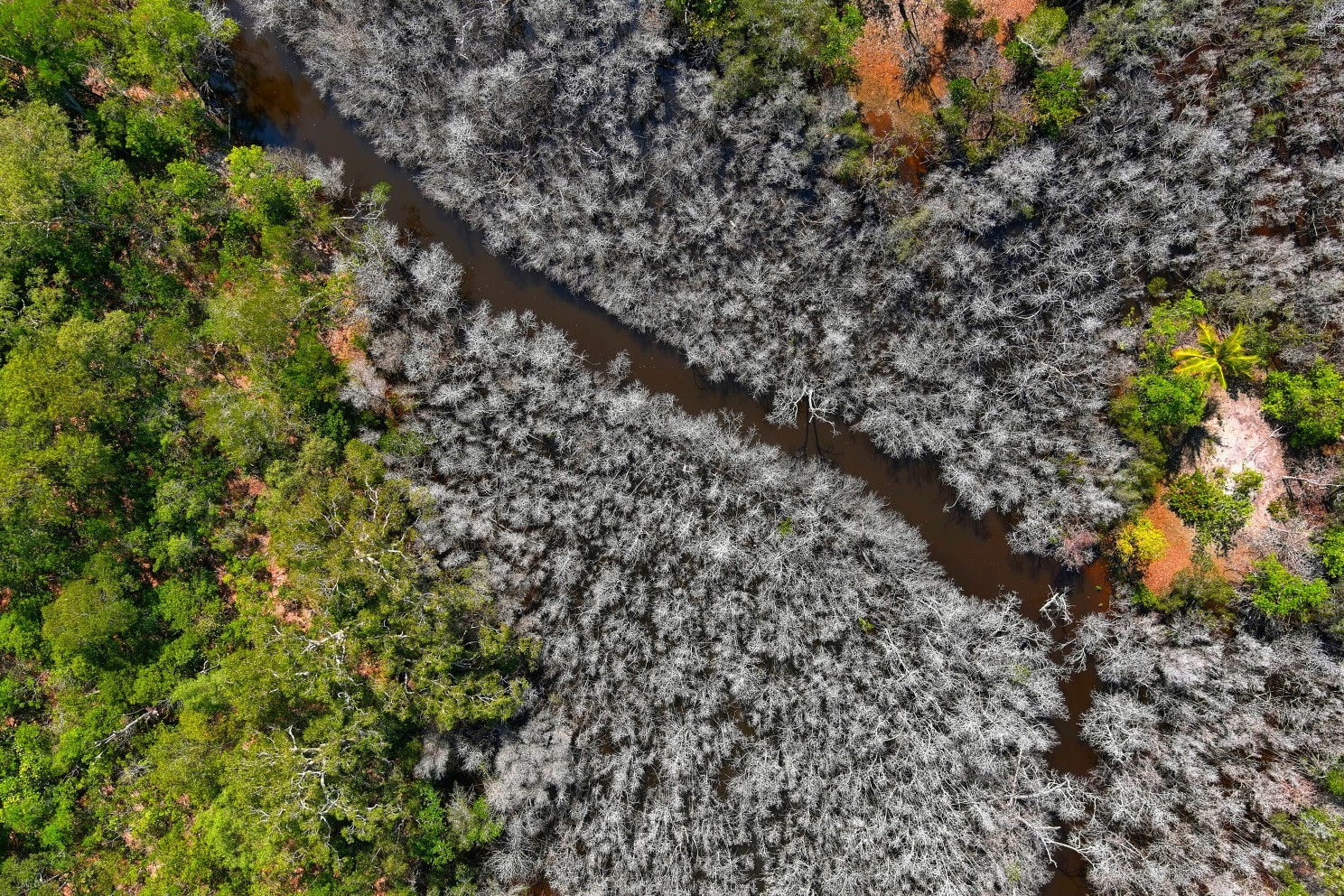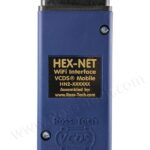The DJI Mavic 2 Pro and the Autel Evo 2 Pro are two leading contenders in the sub-2kg consumer drone market. Both offer impressive features for aerial photography and videography, but how do their mapping capabilities compare? This article delves into a detailed comparison, focusing on the aspects crucial for mapping applications: the drone itself, the remote controller, the camera, and the app ecosystem.
Drone Comparison: Size, Weight, and Performance
While both drones are highly capable, key differences exist in their physical attributes and flight performance. The Mavic 2 Pro is smaller and lighter, weighing almost 300g less than the Evo 2 Pro. This translates to a lighter battery for the Mavic, impacting flight time. The Evo 2 Pro boasts a longer advertised flight time of 40 minutes compared to the Mavic’s 31 minutes. This difference translates to more area covered per flight and potentially fewer battery changes. However, real-world flight times often fall short of advertised figures.
A significant distinction lies in wind resistance. The Evo 2 Pro claims to withstand Force 8 winds (62-74 km/h), while the Mavic 2 Pro is rated for Force 5 (29-38 km/h). In practical terms, the Evo’s superior wind resistance could prove advantageous in challenging conditions. Operationally, both drones are similar, though the Mavic 2 Pro is reportedly quieter.
Camera Comparison: Image Quality and Field of View
Both drones feature a 1″ CMOS sensor with 20MP resolution. A key difference lies in the field of view: the Evo 2 Pro offers a wider 82-degree field of view compared to the Mavic 2 Pro’s 77 degrees. This wider field of view allows the Evo 2 Pro to cover a larger area per image, but at a slightly lower ground resolution. For instance, at 100m altitude, the Evo 2 Pro’s image width represents 174m compared to the Mavic 2 Pro’s 160m. The ground resolution difference is minimal, approximately 3.2 cm/pixel for the Evo 2 Pro and 2.9 cm/pixel for the Mavic 2 Pro. The choice between wider coverage and higher resolution depends on the specific mapping application. Neither drone features a mechanical shutter, a feature often preferred for mapping, which is found in higher-end models like the Phantom 4 Pro.
Controller and App Ecosystem: Usability and Features
The Mavic 2 Pro’s “smart” controller, while visually appealing with its large display, is unsuitable for mapping as it lacks the ability to connect to a mobile device for running mapping apps. Both the standard Mavic 2 Pro and Evo 2 Pro controllers function similarly, with the Evo’s display offering higher clarity. However, when using a mobile device for mapping, the display clarity becomes less critical. Both controllers accommodate phone attachments, but may require additional accessories for larger tablets. A notable advantage of the Evo 2 Pro controller is its dedicated pause button, simplifying mission control compared to the DJI’s mode switching.
A significant advantage of the Autel Evo 2 Pro is its integrated mapping functionality within its standard app. This streamlines the mapping workflow compared to the DJI system, which requires switching between DJI Go 4 and a separate mapping app. While various third-party DJI mapping apps offer flexibility, the Evo 2 Pro’s all-in-one solution simplifies operation and learning.
Conclusion: Choosing the Right Mapping Drone
The DJI Mavic 2 Pro and Autel Evo 2 Pro offer comparable mapping capabilities, with subtle differences that cater to varying preferences. The Mavic 2 Pro excels in portability and ease of transport, while the Evo 2 Pro offers longer flight times and superior wind resistance. The Evo 2 Pro’s integrated mapping app simplifies workflows, while the DJI ecosystem provides a wider selection of third-party mapping apps. Ultimately, the optimal choice depends on individual priorities and specific project requirements. Factors such as budget, desired flight time, wind conditions, and preferred software ecosystem will influence the final decision. Both drones represent powerful tools for aerial mapping, showcasing the advancements in consumer drone technology.


